Hot beverages, a market which includes coffee, tea and food drinks such as drinking chocolate and malted products, continued to see growth. Sales rose 1.4% to £1.1bn this year across the total category. Coffee has continued to take share from what was a traditionally British tea drinking market. Instant and ground coffee combined reached £572m, up around £9m on the previous year, whereas tea rose around £6m to £435m during the same period. Separating them out, instant coffee was up 1.5% to £505m, tea 1.4% to £435m, and ground coffee 2.2% to £66m. But tea suppliers are not sitting back waiting for the death knell to toll. Some of the most interesting new product developments have come from this sector of the trade. This year we have seen Brooke Bond increasing its distribution of PG Tips Pyramid tea bags region by region, backing the move with high budget advertising featuring the famous chimps. The figures in the chart give a rather distorted view of the sales situation, with Pyramid bags rising 1,558% and PG Tips bags declining almost 48%. This is because, as each region received distribution, Pyramid replaced the ordinary bags on shelf. However, when total sales of the two are compared, it is evident that value has dropped in 1997. Last year’s combined figure was £70.6m, this year it was £68.8m, which could be accounted for by initial price promotions as Pyramid hit the shelves in different parts of the country. The leading tea bag producer Tetley moved in September with its Drawstring non-drip bags in an effort to halt its decline in share which has dropped 1% to 23% within the bags sector over the past 12 months. Whereas Brooke Bond’s emphasis was on taste delivery, allowing 50% more space for the tea to move around in the Pyramid bag, Tetley’s was on the convenience of a non-drip bag. There have been fewer developments in coffee this year after the high profile bursting on to the scene of Kraft Jacob Suchard’s Carte Noire in 1996. It is this brand which has seen the greatest growth this year, albeit from a smaller base. It rose 51% to £13m. Consumers are being increasingly tempted by tastes reflected in a move towards premium and super-premium freeze-dried and ground coffees. And this is being further fuelled by the increase in coffee houses throughout the major cities. Hot food drinks saw a slight increase of 0.6% to £98m this year. Most growth has come from low calorie instant chocolate drinks, namely Options from Sandoz Nutrition and Cadbury’s High Lights. But the low calorie proposition is not guaranteed success in today’s trends towards healthier lifestyles. Horlicks low calorie instant malt dropped 0.7%, while its standard version was down 0.5%. It launched a £3m educational and promotional campaign in September to persuade consumers that Horlicks is more than a bedtime drink, but an ideal way to start the evening. At the same time, instant and traditional got a facelift and a refill pack was introduced. All hot beverage producers are fighting hard to win the attentions of younger consumers who are increasingly turning to soft drinks as their form of refreshment. Nesquik moved its cold milk drink powder into hot with the launch of a hot chocolate drink in January. And for adults, in October, Cadbury attempted to move its High Lights more upmarket with new liqueur variants including orange, mint, coffee and Irish Cream. Novartis Nutrition, meanwhile, got behind its September launch of Ovaltine Power, claimed to be the first hot drink created for children. It comes with a frothy head to appeal to kids and is backed by a £2.5m campaign.{{FEATURES }}
Close menu
- Home
- Retail & Wholesale
-
Products & Suppliers
- Back to parent navigation item
- Products & Suppliers
-
Product Categories:
- Back to parent navigation item
- Product Categories:
- Alcoholic drinks
- Bakery
- Cereals & breakfast
- Cheese
- Chicken & poultry
- Chocolate
- Confectionery
- Crisps, nuts & snacks
- Dairy
- Fish
- Fresh produce
- Frozen
- Household
- Meat
- Own Label
- Sauces & condiments
- Seasonal
- Soft drinks
- Vaping
- Vegan & plant-based
- World foods
- Suppliers
- People
- Reports & Data
-
Topics A-Z
- Back to parent navigation item
- Topics A-Z
-
Popular topics:
- Back to parent navigation item
- Popular topics:
- Cost of living crisis
- Crime
- Deposit Return Schemes
- Finance
- Government & Regulation
- Health
- Inflation
- Loyalty
- Marketing
- Mergers & Acquisitions
- New Product Development
- Sourcing
- Supply chain
- Sustainability & environment
- Technology
- Ultra Processed Foods
- Vaping
- A-Z all topics
- Content by type:
- Events
- Subscribe now
Sign in to comment on this article
Not logged in before? Register for FREE guest access today.
You will be able to:
- Read more stories
- Receive daily newsletters
- Comment on stories
Advert









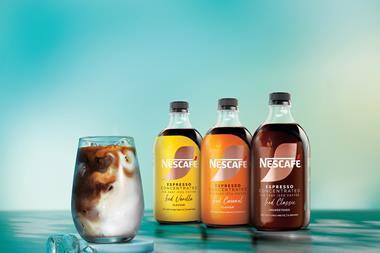
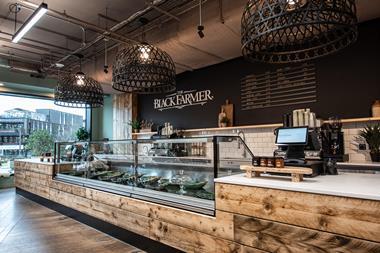

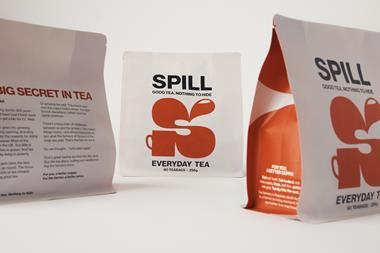
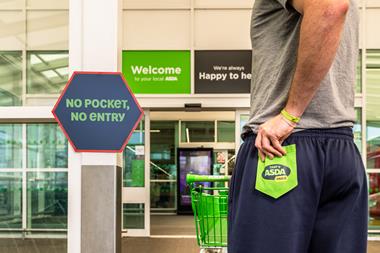


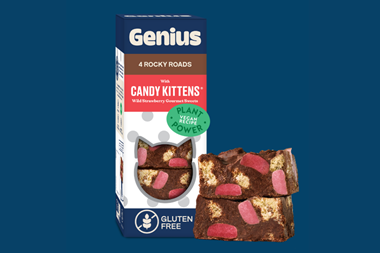
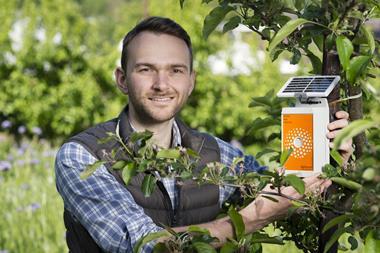

No comments yet